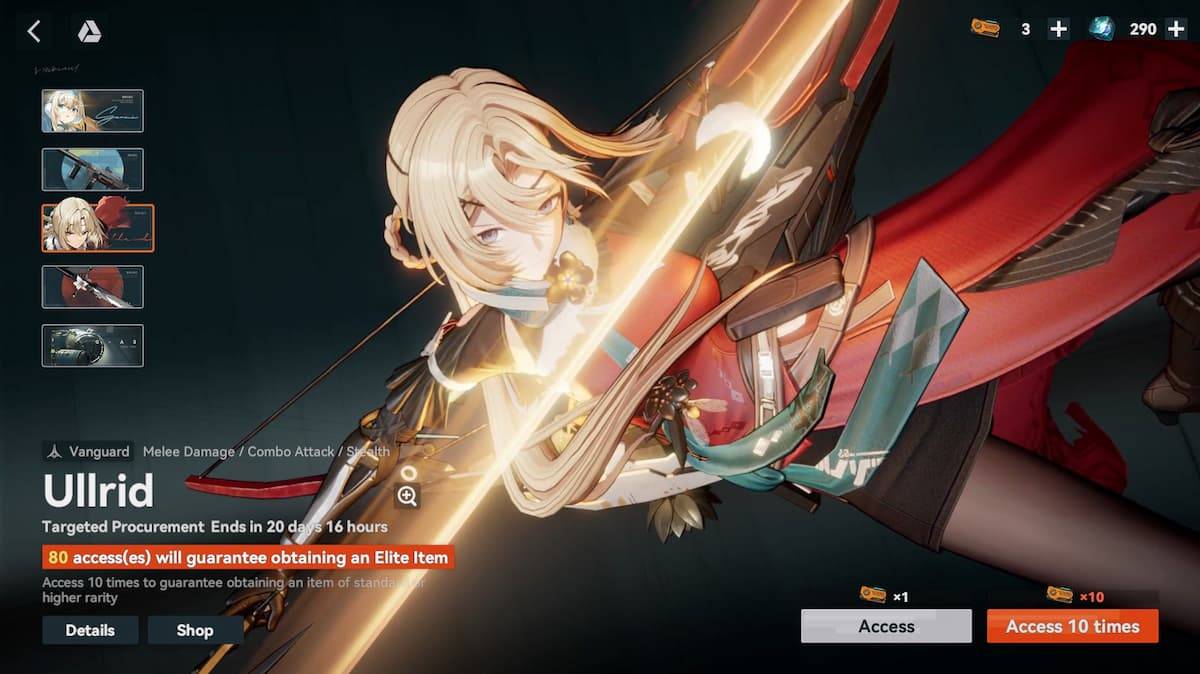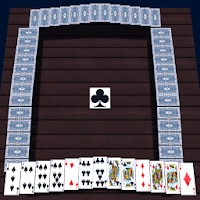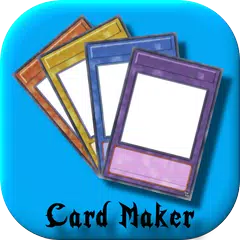Best OLED Display Types for Gaming Revealed
I vividly remember purchasing my first OLED TV, the LG E8 55-inch, back in 2019, just before the world went into lockdown. It turned out to be the perfect isolation companion. At the time, I was somewhat unfamiliar with OLED (organic light-emitting diode) technology. I knew it used self-lit pixels instead of a backlight like LCD displays, offering infinite contrast. But it was through immersive gaming experiences in titles like Final Fantasy XV and The Last of Us Part II that I truly appreciated the technology. It felt like reliving nostalgic moments in real time. Naturally, I didn't stop at the E8.
A few years later, I upgraded to the LG C2 65-inch TV. Since then, I've reviewed numerous devices featuring OLED displays and learned that not all OLED screens are created equal. In fact, they don't all use the same technology. You might wonder, "How many types of OLED are there?" Well, there are many, but you should focus on three: WOLED, QD-OLED, and AMOLED.
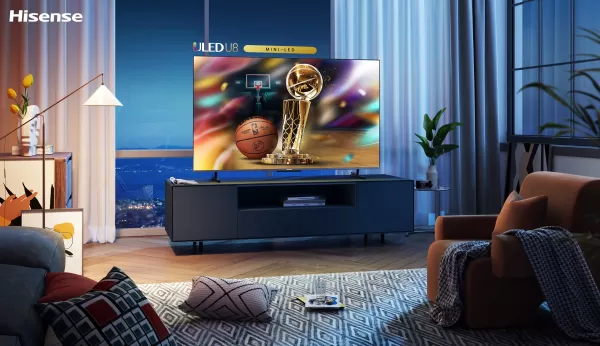 WOLED, QD-OLED, and AMOLED: How They Work
WOLED, QD-OLED, and AMOLED: How They Work
OLED technology has been around for decades, with companies from Kodak to Mitsubishi experimenting with different approaches. It wasn't until LG introduced its OLED TVs in the early 2010s that the technology gained mainstream popularity.
LG's version of OLED is known as WOLED (White OLED), though the company avoids using this term in its marketing, preferring to position itself as the definitive source of OLED technology. WOLED technology employs a pure white OLED layer with an RGBW color filter. This approach addresses the issue of burn-in, which is exacerbated by the differing deterioration rates of red, green, and blue emitters in traditional OLEDs. However, using a white OLED layer with color filters can lead to imbalanced brightness and reduced color volume. Higher-end WOLED displays attempt to mitigate this with Micro Lens Array technology, which enhances light focus through thousands of microlenses per pixel.
In 2022, Samsung introduced QD-OLED (Quantum Dot OLED), a significant advancement. QD-OLED uses a blue OLED layer that interacts with a layer of quantum dot color converters. These quantum dots absorb and convert the blue light into red or green without the loss of brightness associated with color filters, resulting in vibrant colors and high brightness.
AMOLED, on the other hand, stands in its own category, functioning similarly to WOLED but with a thin-film transistor (TFT) layer. This layer enables faster pixel activation but at the cost of OLED's renowned infinite contrast.
 WOLED, QD-OLED, and AMOLED: Which Is Better for Gaming?
WOLED, QD-OLED, and AMOLED: Which Is Better for Gaming?
Choosing the right OLED technology for gaming depends on your specific needs and preferences. If you're looking for a straightforward answer, QD-OLED stands out as the best option. However, there are scenarios where WOLED or AMOLED might be preferable.
AMOLED displays are predominantly found in smartphones and laptops. They're less common in TVs due to their higher cost. AMOLED's flexibility makes it suitable for various screen sizes and offers high refresh rates and excellent viewing angles. However, they struggle in direct sunlight due to lower peak brightness, which is ironic given their typical use in mobile devices.
For gaming monitors and TVs, you have the choice between WOLED (often simply marketed as OLED) and QD-OLED. WOLED can achieve high brightness with its white OLED layer, but this is limited to whites due to the RGBW filter's impact on color brightness. QD-OLED, with its quantum dot technology, offers superior overall brightness and color vibrancy since it absorbs rather than filters light.
In my experience, WOLED displays handle glare better in brightly lit environments. My WOLED TV in the living room maintains deep blacks even with sunlight reflecting off it, whereas my QD-OLED monitor on my desk exhibits a purplish tint under similar conditions. This is because Samsung removed the polarizing layer from QD-OLED displays to boost brightness, which unfortunately increases reflections.
While QD-OLED technically offers better color and brightness, WOLED might be less distracting in highly reflective spaces. However, the quality of these displays ultimately depends on their specifications and price point. Generally, the more you invest, the better the visual quality you can expect.
But the future of OLED might soon include another contender: PHOLED.
The Future of OLED Is PHOLED
There are several types of OLED, including PHOLED (Phosphorescent OLED), which uses phosphorescent materials to convert energy into light more efficiently than fluorescent materials. The challenge with PHOLED has been the shorter lifespan of its blue component compared to green and red, which can render a PHOLED panel ineffective quickly.
Recently, LG announced a breakthrough in blue PHOLED technology, paving the way for mass production. LG dubs PHOLED as "Dream OLED" because phosphorescence achieves 100% luminous efficiency, far surpassing the 25% efficiency of fluorescence. This means PHOLED displays will be brighter and more energy-efficient.
Although PHOLED TVs are not expected in the near future, we can anticipate seeing this technology in smartphones and tablets sooner rather than later.
Latest Articles





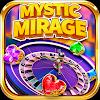






![Roblox Forsaken Characters Tier List [UPDATED] (2025)](https://images.dyk8.com/uploads/18/17380116246797f3e8a8a39.jpg)
